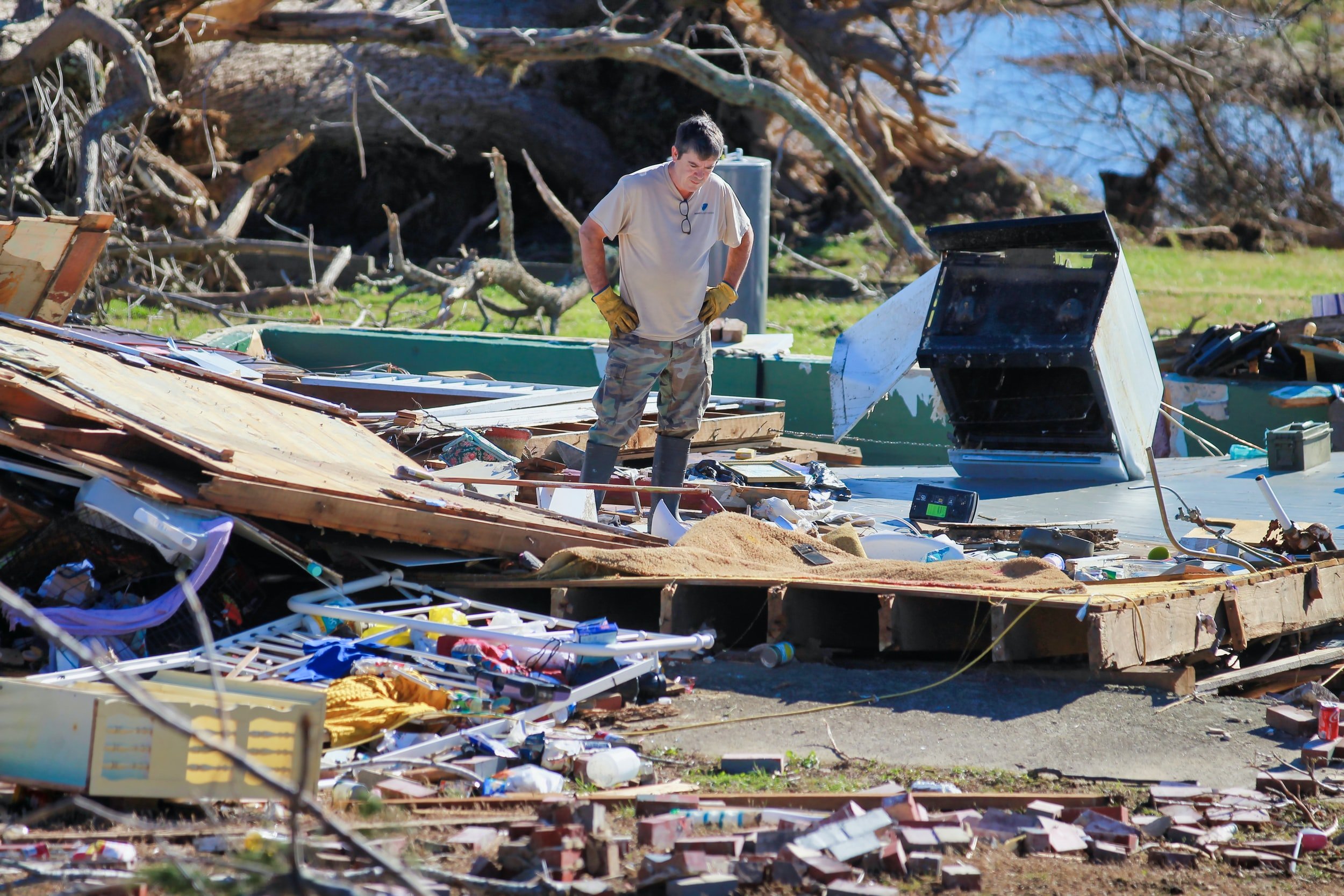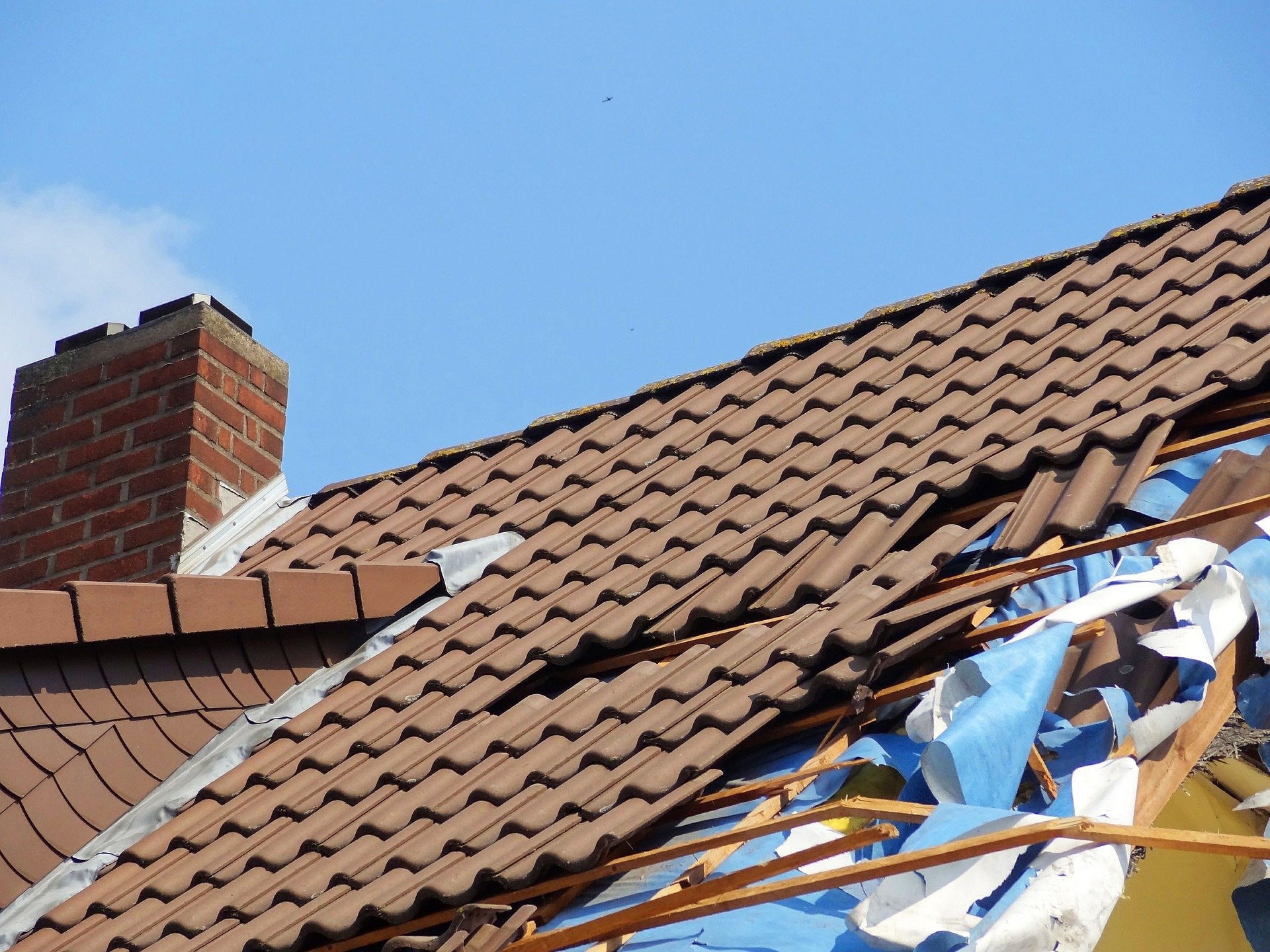
Loss of Use
A standard part of every homeowners policy is the “Loss of Use” or “Additional Living Expenses” coverage, also known as Coverage D on your policy. When your home is extensively damaged by a named peril in your insurance policy, like a windstorm or fire, and you can no longer live there, Coverage D kicks in.

Actual Cash Value vs. Replacement Cost
If a policy uses an Actual Cash Value (ACV) determination, then it calculates the cost to replace a roof less depreciation based on age, condition, etc.


All water damage is not the same
Not all water damage is the same; some damage is covered, other damage is not. You need to make sure you are carring the correct coverage.

Keeping your horses safe during a storm
There are many different thoughts when it comes to protecting your horse during a storm. Leave them in barn or leave them outside?

What to do when you are faced with storm damage
Check on your insurance now if you have not had any storm damage. Before storms hit, another important step to take is to check to make sure you have the proper insurance coverage you would need in the case of a direct hit from a tornado or other severe weather.

Animal and Vehicle Collisions
Collisions with deer and other large animals can cause significant damage to vehicles, injuries to the driver and passengers and suffering to the animal.

Thinking of joining a pool this summer?
The basic philosophy of insurance is the concept of the “shared risk pool.”

The break down on car insurance
The basic components of auto insurance include: liability protection (for other drivers), uninsured/underinsured protection (for you and your passengers), medical protection, comprehensive protection, collision protection (what most people are thinking about when they think about insurance), tow and road service, rental reimbursement and glass coverage.

An Insurer’s Business Cycle
Every industry and every business has its own business cycle. In insurance, this cycle is what can cause premiums to go up or down.

